 Ticks in Massachusetts, such as deer ticks are fascinatingly smart about how they find their next food source. They don’t crawl, jump, or fly for their survival. They don’t have to!
Ticks in Massachusetts, such as deer ticks are fascinatingly smart about how they find their next food source. They don’t crawl, jump, or fly for their survival. They don’t have to!
They don’t crawl into your Central Mass home, sneak into your bed and wait for you at night. They don’t climb above your swing set and jump on your children’s heads as they swing. And they don’t jump from trees or vegetation if you walk near them. Ticks in Massachusetts waste no energy, but lay in wait for the perfect host to just brush on by them.
What is questing?
Questing is what a tick does when it needs a new host for its next blood meal. The deer tick will climb to the very tip of a blade of grass, a leaf of a shrub or a plant stem. Hanging on with their third and fourth pairs of legs, the tick will stretch out its first pair waiting to grab onto any host that brushes by. When this happens they use those front legs to grab ahold. Once there, they quickly climb upwards to find a dark, moist hidden place to latch on for a blood meal.
How high do deer ticks quest?
 In normal conditions a deer tick will climb vegetation that is the perfect height to grab a hold of the host they are after. For instance, when a tick is in the larva stage they prefer small rodents and will choose to quest in the low vegetation and underbrush where those critters have left evidence of past travels. Nymph (teenage) and adult ticks will find taller vegetation, up to knee height so that they can grab a hold of bigger mammals and human hosts who brush by. Ticks do not normally climb higher than knee height, nor do they jump down on your head from a tree branch. The reason you find a tick on your head or neck is either 1.) you were bent down, sitting or lying in a place where they were able to climb on or 2.) (most likely) they latched on at knee level or lower and quickly climbed upward.
In normal conditions a deer tick will climb vegetation that is the perfect height to grab a hold of the host they are after. For instance, when a tick is in the larva stage they prefer small rodents and will choose to quest in the low vegetation and underbrush where those critters have left evidence of past travels. Nymph (teenage) and adult ticks will find taller vegetation, up to knee height so that they can grab a hold of bigger mammals and human hosts who brush by. Ticks do not normally climb higher than knee height, nor do they jump down on your head from a tree branch. The reason you find a tick on your head or neck is either 1.) you were bent down, sitting or lying in a place where they were able to climb on or 2.) (most likely) they latched on at knee level or lower and quickly climbed upward.
Unpredictable tick infestation behavior
While ticks normally do prefer cool shady places that are low to the ground for their questing, there are some definite variations in their behavior. When ticks get to the infestation levels they are currently at in Central Massachusetts some abnormal questing behavior can be observed. I’ve seen ticks on hot black top in the blazing sun, I’ve seen them climbing up the side of a house and will continue to see these abnormalities as long as the tick population remains at this high infestation level.
The good news is ticks won’t live long out in the sun where the humidity is low. The bad news is they might find their way to you in unpredictable new ways. Finding you means biting you, and that could result in Lyme Disease. Eliminating ticks on your property to lower your exposure is the best way to protect your family and pets from dangerous tick-borne disease, such as Lyme disease.
With a traditional tick control barrier spray ticks and mosquitoes are eliminated on contact. With the addition of tick tubes the tick life cycle is interrupted by eliminating tick nymphs before they become adults looking for a deer or human host.
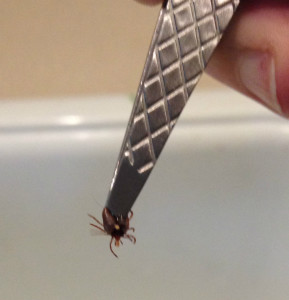
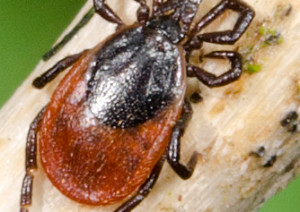
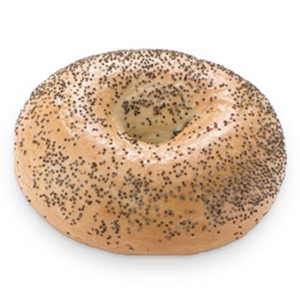
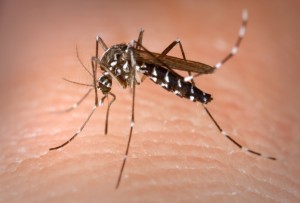
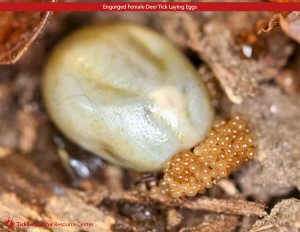
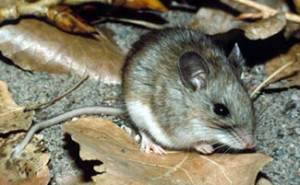
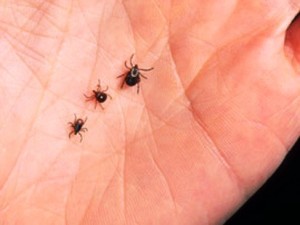

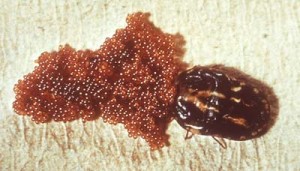
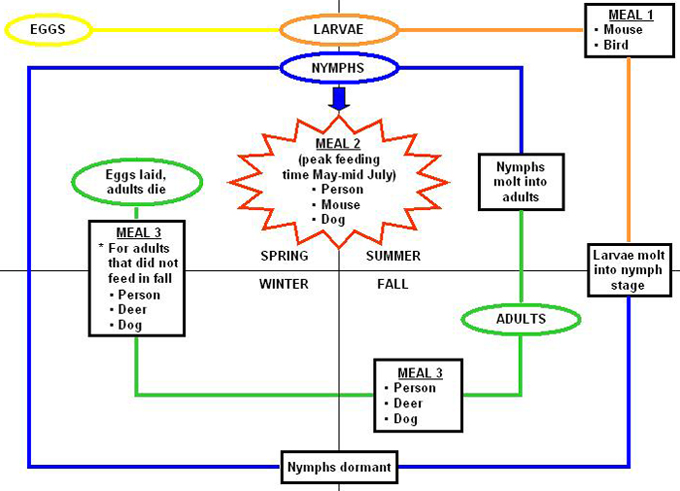
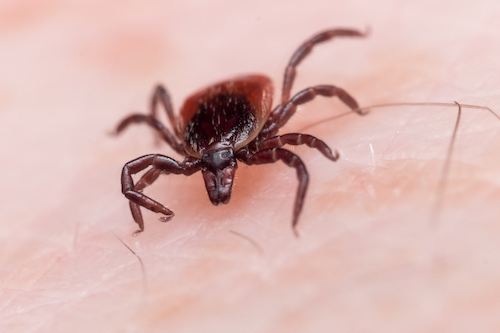
 Where would repair people, mechanics and homeowners be without this 11th Wonder of the Fix-it World? Well, there’s yet another use for it when it comes to ticks. Before ticks become attached to your skin or your dog’s skin, tear off a piece of duct tape and “stick it to them”. Blotting up any ticks on the skin removes the tick and prevents them from becoming lost before you can throw them out. Use a big enough piece of tape to fold it over the tick after removing it and seal them inside. When you’re done, throw the tape in the trash. How easy is that?
Where would repair people, mechanics and homeowners be without this 11th Wonder of the Fix-it World? Well, there’s yet another use for it when it comes to ticks. Before ticks become attached to your skin or your dog’s skin, tear off a piece of duct tape and “stick it to them”. Blotting up any ticks on the skin removes the tick and prevents them from becoming lost before you can throw them out. Use a big enough piece of tape to fold it over the tick after removing it and seal them inside. When you’re done, throw the tape in the trash. How easy is that? It’s OK; this one isn’t as bad as it sounds. Since you have some privacy and your pants and lower garments are off it’s easy to spot any ticks on your skin. Ticks like to hang out for a free meal in grassy and brushy areas. They climb to a height anywhere from our ankles to knees. They dry out quickly in the heat and sun so they try to find shade ASAP. When they find you, that shade is under your clothes and not outside the fabric. Once they get near your skin, they begin looking for places where the skin is thin and where the biggest blood supply can be found. That is usually in the creases and folds of our skin, such as your waist and groin area.
It’s OK; this one isn’t as bad as it sounds. Since you have some privacy and your pants and lower garments are off it’s easy to spot any ticks on your skin. Ticks like to hang out for a free meal in grassy and brushy areas. They climb to a height anywhere from our ankles to knees. They dry out quickly in the heat and sun so they try to find shade ASAP. When they find you, that shade is under your clothes and not outside the fabric. Once they get near your skin, they begin looking for places where the skin is thin and where the biggest blood supply can be found. That is usually in the creases and folds of our skin, such as your waist and groin area.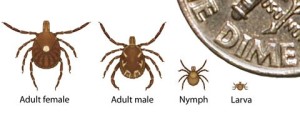
 Hard ticks and soft ticks all need moisture, especially hard ticks like deer ticks. Other soft ticks take a bit longer to dry out. So tip #3 is to put the clothes you wore outside in the dryer as soon as you come indoors. Do this before washing them. Ten minutes on high heat will dry out hard ticks and 15+ minutes will dry out the softer ones. Washing won’t destroy ticks, no matter how hot the water. Remember, they need moisture and are active in warm months so warmth and water are their two best friends. Very dry and hot are their worst nightmare. Once your clothes are finished in the dryer, wash them knowing you won’t be releasing any ticks into your closets or clothes hamper.
Hard ticks and soft ticks all need moisture, especially hard ticks like deer ticks. Other soft ticks take a bit longer to dry out. So tip #3 is to put the clothes you wore outside in the dryer as soon as you come indoors. Do this before washing them. Ten minutes on high heat will dry out hard ticks and 15+ minutes will dry out the softer ones. Washing won’t destroy ticks, no matter how hot the water. Remember, they need moisture and are active in warm months so warmth and water are their two best friends. Very dry and hot are their worst nightmare. Once your clothes are finished in the dryer, wash them knowing you won’t be releasing any ticks into your closets or clothes hamper.